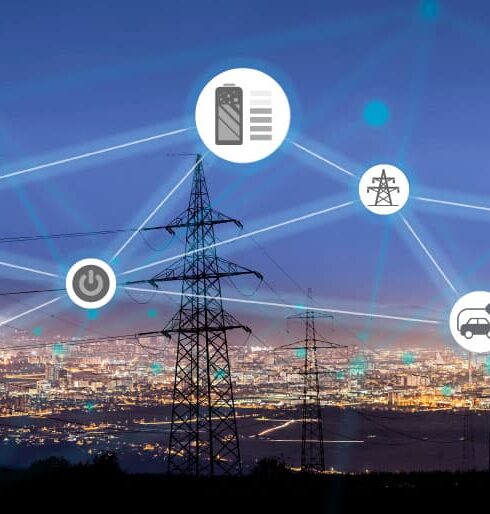Non-renewable Energy
Although this is a blog about renewable energy, it is important to analyze and understand the importance of non-renewable energy on this planet. Yet most of the planet is supplied by this type of energy. Their big drawback is the pollution they produce during use and extraction. Pollution leads to serious environmental problems and well known climate change.
We will carefully analyze all types of non-renewable energy and the consequences of their use on the planet. Want to know more?
To keep things simple, we define non-renewable energy as that source of energy that runs out over time. Although they last a long time, they will eventually be exhausted, and as there are fewer reserves left, they will become too expensive or polluting.
In contrast, there are renewable energy sources, heirs to the world. They are able to regenerate naturally in a relatively short period of time. Non-renewable energy sources have methods of producing through an exhaustible source. Keep in mind that the term “exhaustible” refers to the human scale. This is because certain natural processes, such as the accumulation of carbon to produce oil, took up to 500 million years to form.
Obviously, carbon can be thought of as renewable energy because, after all, the decomposition of organic matter produces oil. But not on a human scale. In other words, the oil we are currently depleting will not be able to regenerate at the rate that human life needs.
In general, non-renewable energy is energy that consumes some kind of fuel (oil, coal, uranium …). While renewable energy uses other kinds of energy resources (solar radiation, wind energy, hydropower, tidal energy). It is said that in the near future fuel may have renewable raw materials such as hydrogen.
Fossil fuels
There are two sources of energy that will eventually run out, and they are as follows:
Conventional non-renewable energy sources.
These are fossil fuels known as coal, oil, and natural gas.
Chemical reactions between some materials are also considered non-renewable energy sources.
Nonconventional non-renewable energy sources.
These sources come from agrofuels, biofuels, or culture fuels. Nuclear, such as uranium and plutonium, used for nuclear energy.
Although geothermal energy is considered a type of renewable energy, there is only a certain type of geothermal energy that uses hot water, which is considered non-renewable in certain locations.
Non-renewable energy
Fossil energy is part of non-renewable energy. We are talking about energy that is generated through the aforementioned fossil fuels earlier. The main fossil sources These are coal, oil, and natural gas. They are called conventional fossil resources. Unconventional fossil resources do not exist in their present form and are found in hard-to-reach deposits.
Non-renewable resources are closely related to non-renewable energy. And the fact is that all resources that deplete at a greater rate than they regenerate are non-renewable resources. The same is true of materials and minerals, not just energy.
Coal, for example, is one of the non-renewable minerals with which energy is obtained. Coal reserves around the world have already expired. Faced with this, governments around the world must look for alternatives based on green energy.
Earth and metallic minerals
These are examples of non-renewable resources. Metals themselves are present in large quantities in the earth’s crust. They are mined by humans only when they are concentrated by natural geological processes such as heat, pressure, weathering, thermal energy, and other processes. To begin mining them, these processes must be economically viable.
However, it takes tens of thousands to millions of years to replenish these minerals over time. Local deposits with large quantities of metallic minerals near the surface can be mined by humans. They are not renewable on a human scale. Rare earth elements have certain minerals and elements that are fewer in number and deplete them more than others. These materials are in great demand in industry, especially in electronics.
Most metallic minerals are thought to be much easier to mine than fossil fuels because the conditions for the formation of fossil fuels are more difficult and limited than those for the formation of metallic minerals.
Nuclear Energy
Let’s move on to looking at the types of non-renewable energy that people use:
Oil. It is a viscous liquid green, yellow, brown or black and that it consists of hydrocarbons. Oil formation began millions of years ago when the Earth was covered by water. Geological processes and the actions of bacteria after millions of years of evolution formed this mixture of hydrocarbons.
Natural gas is another non-renewable energy source. It is a fossil fuel consisting of another mixture of hydrocarbons. Like oil, it exists thanks to the action of underground bacteria millions of years ago.
Coal is a rock composed of carbon and other substances. In 1990, it was the energy that covered more than 27% of the world’s demand.
Nuclear energy is formed by a process known as Nuclear Fission. Energy can be generated through the collision of neutrons at high velocity. Uranium-233 and plutonium-239 are the most commonly used.
As you can see, renewable energy is needed to stop the pollution and depletion of fossil fuels.





